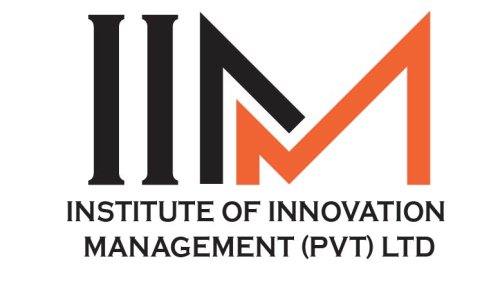What is ISO 9001 certification?
ISO 9001 is an international standard which is developed by International organization for standardization (ISO) that specifies requirements for a quality management system (QMS). Organizations use ISO 9001 to demonstrate the ability to consistently provide products and services that meet customer and regulatory requirements. It is the most popular ISO standard and the only standard to which every organizations can certify.
Experts in International Organization for Standardization (ISO) reviews and revises the ISO 9001 standard every 6-8 years. It underwent major revisions in 1994, 2000, 2008 and 2015. The latest revision, ISO 9001:2015, was published and effective from September 2015.
Structure of ISO 9001:2015
ISO 9001:2015 is based on new high-level framework for all management systems standards, which will bring a common structure and common language to all standards. The advantage: it’s now easier to integrate ISO 9001 with ISO 14001, ISO 45001 and other ISO standards.
The new structure is as follows:
- Clause 0: Introduction
- Clause 1: Scope
- Clause 2: Normative references
- Clause 3: Terms and definitions
- Clause 4: Context of the organization
- Clause 5: Leadership
- Clause 6: Planning
- Clause 7: Support
- Clause 8: Operation
- Clause 9: Performance evaluation
- Clause 10: Improvement
Key principles of ISO 9001:2015
ISO 9001 contains eight key principles of quality management which form the fundamental characteristics of quality management:
- Customer focus and customer satisfaction
- Leadership
- Involvement of people
- Process approach
- A systematic approach to management
- Continual improvement
- Factual approach to decision making
- Mutually beneficial supplier relationship
Documents required for Implementation of ISO 9001:2015
Mandatory Documents
- Scope of the QMS (clause 4.3)
- Quality policy (clause 5.2)
- Quality objectives (clause 6.2)
- Criteria for evaluation, selection, monitoring of suppliers (clause 8.4.1)
Mandatory Records
- Records of Monitoring and measuring equipment calibration and maintenance (clause 7.1.5.1)
- Records of qualification, training, skills and experience (clause 7.2)
- Records of Product/service requirements review results (clause 8.2.3.2)
- Records of new requirements for the products and services (clause 8.2.3.2)
- Records of design and development outputs review (clause 8.3.2)
- Records of design and development inputs (clause 8.3.3)
- Records of design and development controls (clause 8.3.4)
- Records of design and development outputs (clause 8.3.5)
- Design and development changes records (clause 8.3.6)
- Records of Characteristics of product to be produced and service to be provided (clause 8.5.1)
- Records about customer property (clause 8.5.3)
- Production/service provision change control records (clause 8.5.6)
- Record of conformity of product/service with acceptance criteria (clause 8.6)
- Record of nonconforming outputs (clause 8.7.2)
- Monitoring and measurement results (clause 9.1.1)
- Records of Internal audit program (clause 9.2)
- Results of internal audits (clause 9.2)
- Results of the management review (clause 9.3)
- Results of corrective actions (clause 10.1)
Non-Mandatory Documents
- Procedure for determining context of the organization and interested parties (clauses 4.1 and 4.2)
- Procedure for addressing risks and opportunities (clause 6.1)
- Procedure for competence, training and awareness (clauses 7.1.2, 7.2 and 7.3)
- Procedure for equipment maintenance and measuring equipment (clause 7.1.5)
- Procedure for document and record control (clause 7.5)
- Sales procedure (clause 8.2)
- Procedure for design and development (clause 8.3)
- Procedure for production and service provision (clause 8.5)
- Warehousing procedure (clause 8.5.4)
How to Implement ISO 9001:2015
- Get commitment from top management
- Compare your existing quality systems with ISO 9001 requirements.
- Establish implementation team
- Establish Implementation plan
- Prepare and issue roles, responsibilities and timescales.
- Conduct ISO 9001 awareness training
- Develop and control quality management system documentation as per ISO 9001 requirements
- Implement the documented quality management system
- Conduct Internal quality audit
- Conduct Management review
- Conduct Pre-assessment audit
- Assess and Register for Certification
- Regularly review your system to make sure you are continually improving it
Benefits of ISO 9001:2015
- Boost performance of organization and overall productivity.
- Reduce Waste
- Improve Efficiency.
- Improve customer satisfaction
- Increase revenue
- International recognition
- Better supplier relationships
- Continuous improvement
